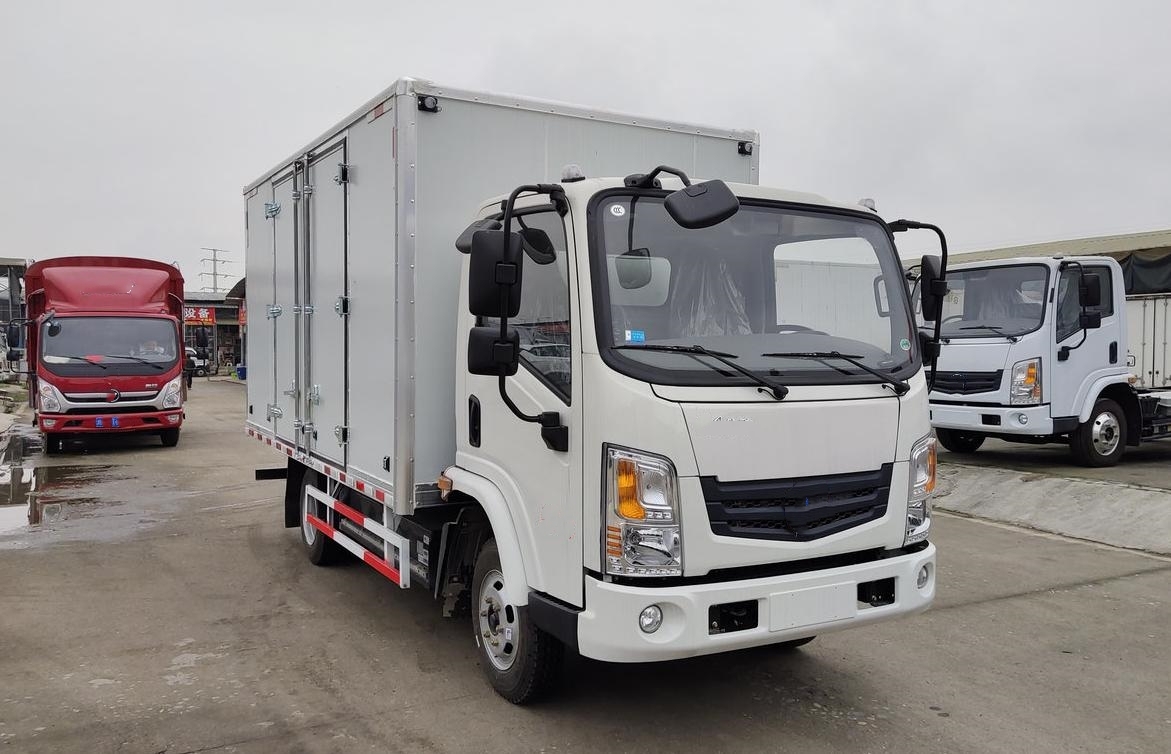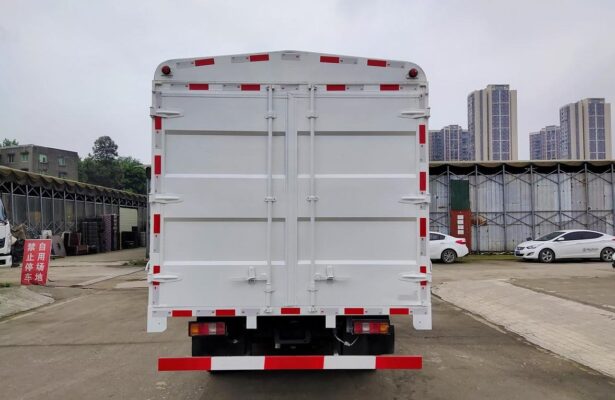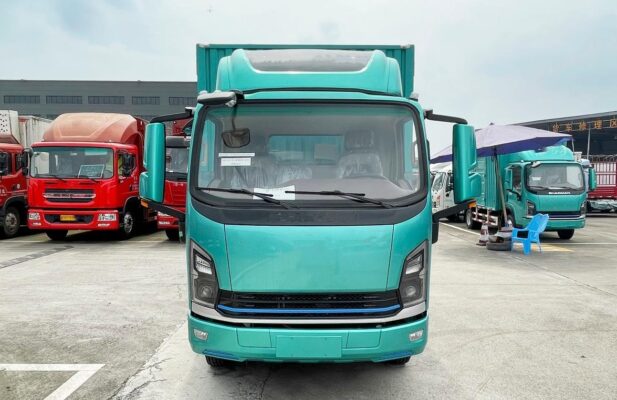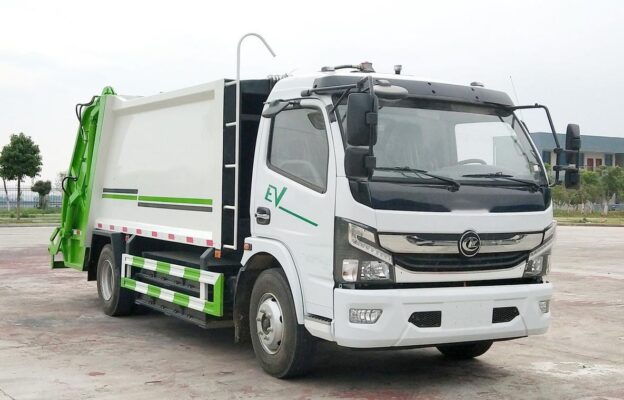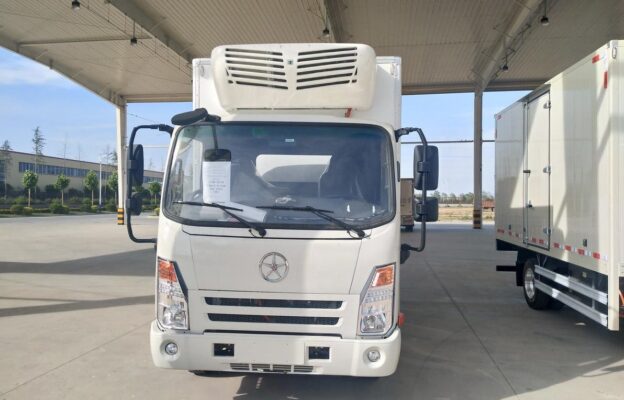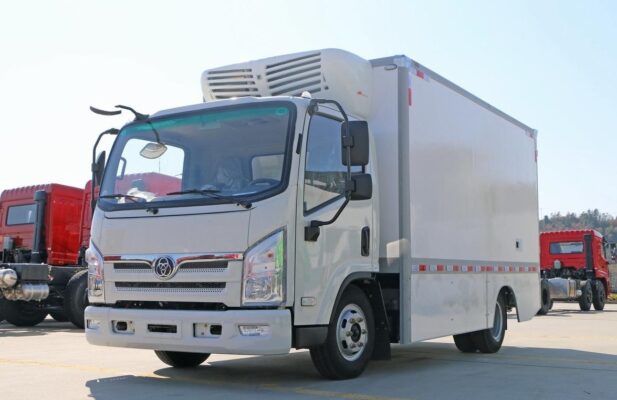Te mau parau apî no te mau pereoo uira
Are electric pickup trucks a trend?
Electric pickup trucks are rapidly gaining traction as a significant trend in the automotive industry. With the growing emphasis on environmental sustainability and ongoing advancements in technology, electric pickups are poised to revolutionize the way we think about transportation. This shift not only addresses ecological concerns but also enhances the practicality and appeal of pickup trucks. In this article, we will explore the various facets of electric pickups, including their environmental benefits, the challenges they face, their development outlook, and their potential impact on the traditional automotive industry.
1.The Rise of Electric Pickups
Electric pickups represent a convergence of functionality, sustainability, and technological innovation. As awareness of climate change and air pollution grows, many consumers are seeking alternatives to traditional gasoline-powered vehicles. Electric pickups, with their zero emissions, directly contribute to reducing air pollution and greenhouse gas emissions, aligning with global goals for environmental sustainability.
1.1 Environmental Benefits
One of the most compelling arguments for electric pickups is their potential to significantly decrease reliance on fossil fuels. These vehicles operate on electricity, which can be sourced from renewable energy such as solar and wind power. By shifting away from conventional fuels, electric pickups play a vital role in transforming our energy structure, moving toward a more sustainable future. This transition is not just beneficial for the environment; it also promotes energy independence and resilience.
Hau atu â, as battery technology continues to improve, the range of electric pickups is steadily increasing. This improvement addresses a common concern among potential buyers: range anxiety. With more efficient batteries and the ongoing proliferation of charging infrastructure, consumers can expect a more convenient and reliable charging experience.
2.Challenges Facing Electric Pickups
Despite their many advantages, electric pickups face several challenges that must be addressed to realize their full potential in the market.
2.1 Charging Infrastructure
One of the most pressing issues is the lack of adequate charging infrastructure. Many regions still lack sufficient charging stations, and where they do exist, charging speeds can be slow. This limitation leads to a frustrating experience for users and can deter potential buyers from making the switch to electric pickups. Expanding and improving the charging network is essential to make electric vehicles more accessible and user-friendly.
2.2 Battery Technology Limitations
Current battery technology presents another hurdle. Although advancements have been made, many electric pickups still have a relatively short range compared to their gasoline counterparts. This limitation can make potential buyers hesitant, particularly those who rely on their trucks for work or long-distance travel. Continued research into higher energy density batteries and faster charging solutions is crucial to overcoming this barrier.
2.3 Cost Considerations
The price of electric pickups remains a concern for many consumers. While costs are gradually decreasing, electric pickups are often more expensive upfront than traditional models. This price gap can be a significant barrier, especially for average consumers who are price-sensitive. Continued efforts to reduce production costs and offer incentives can help make electric pickups more appealing to a broader audience.
2.4 Awareness and Promotion
Lastly, the promotion and awareness of electric pickups are not yet widespread. Many consumers still have limited knowledge of the benefits and capabilities of electric vehicles, which can lead to misconceptions and hesitancy in adopting this new technology. Increased marketing efforts and educational campaigns are necessary to inform potential buyers about the advantages of electric pickups and dispel any myths associated with them.
3.Promising Development Outlook
Despite the challenges, the outlook for electric pickups is incredibly promising. Continuous advancements in technology and supportive policies are set to improve the performance and accessibility of these vehicles.
3.1 Technological Advancements
As battery technology evolves, we can expect longer ranges and faster charging speeds, enhancing the overall user experience. Innovations in materials and design will further improve the efficiency of electric pickups, making them more attractive to consumers. The development of lighter, more energy-dense batteries is also critical in reducing the overall weight of the vehicle, which can enhance both performance and range.
3.2 Decreasing Costs
The cost of electric pickups is likely to decrease as production scales up and technology improves. With more manufacturers entering the market, competition will drive innovation and cost reduction, making electric pickups more affordable for a wider range of consumers. Te tahi atu â mau mea, government incentives and subsidies can help bridge the price gap, encouraging more people to consider electric options.
3.3 Growing Environmental Awareness
The increasing public awareness of environmental issues will continue to fuel demand for electric pickups. Consumers are becoming more conscious of their choices and are seeking vehicles that align with their values. As environmental concerns become a central issue in automotive purchasing decisions, electric pickups will be well-positioned to meet this demand.
3.4 Strengthening Government Support
Government support for electric pickups is strengthening, with policies aimed at promoting electric vehicle adoption, such as tax exemptions, grants, and free charging initiatives. These incentives not only encourage manufacturers to invest in electric technologies but also help consumers make the transition to electric pickups more seamlessly.
4.Environmental Impact of Electric Pickups
The environmental implications of electric pickups are overwhelmingly positive. As vehicles that produce no tailpipe emissions, they contribute to improved air quality and a reduction in greenhouse gas emissions. This is particularly relevant in urban areas, where air pollution is a pressing concern.
4.1 Reduced Reliance on Fossil Fuels
By utilizing renewable energy sources for charging, electric pickups further decrease reliance on fossil fuels. This shift is vital for long-term sustainability and can contribute significantly to mitigating climate change. As more renewable energy becomes available, the overall carbon footprint of electric pickups will continue to decline.
4.2 Positive Effects on Air Quality
Electric pickups can help improve air quality, particularly in densely populated urban environments where vehicle emissions contribute significantly to pollution. The transition to electric vehicles can reduce smog, respiratory issues, and other health problems associated with air pollution, leading to healthier communities.
4.3 Contribution to Sustainable Energy Development
The integration of electric pickups into the broader energy ecosystem also promotes sustainable energy development. Electric vehicles can be charged during off-peak hours, helping to balance energy demand and supply. Te tahi atu â mau mea, advancements in vehicle-to-grid technology may allow electric pickups to feed energy back into the grid, further enhancing the sustainability of the energy landscape.
5.Impact on the Traditional Automotive Industry
The rise of electric pickups will have a profound impact on the traditional automotive industry, prompting significant changes in manufacturing, supply chains, and consumer preferences.
5.1 Transition to Electrification
As electric pickups gain popularity, traditional automakers will be compelled to shift their focus toward electrification. This transition will require them to enhance their technological capabilities and adapt to new market demands. Automakers who fail to embrace electric technologies risk losing market share to more agile competitors.
5.2 Changes in Supply Chain Structure
The emergence of electric pickups will necessitate alterations in the entire automotive supply chain. Suppliers must adapt their production processes to accommodate new materials and components specific to electric vehicles, such as batteries and electric drivetrains. This shift may require re-evaluation of existing partnerships and the development of new relationships within the supply chain.
5.3 Disruption of the Oil Industry
The proliferation of electric pickups will disrupt the traditional oil industry and gas stations, as demand for gasoline diminishes. This disruption could lead to significant changes in how energy is produced, distributed, and consumed, ultimately contributing to a more sustainable energy future.
5.4 Creation of New Opportunities
The rise of electric pickups will also generate new job opportunities in various sectors, including charging infrastructure development, battery manufacturing, and renewable energy integration. These jobs can help support local economies and drive innovation in the clean energy sector.
Conclusion
Electric pickups are rapidly becoming a significant trend in the future of transportation. They offer environmental benefits, technological advancements, and strong government support, making them an attractive option for consumers. Tera râ,, challenges such as insufficient charging infrastructure, battery technology limitations, and cost considerations must be addressed to realize their full potential.
The outlook for electric pickups remains promising, with ongoing innovations poised to enhance their performance and affordability. As the traditional automotive industry evolves to accommodate this shift, the development of electric pickups is expected to have far-reaching impacts on the market, the environment, and the economy.
To foster a sustainable future, it is crucial to actively support the development of electric pickups and work collaboratively to promote sustainable transportation solutions. With continued investment, education, and innovation, electric pickups will play a vital role in shaping the future of mobility.
